I haven't tried STLDecompose but I took a peek at it and I believe it uses a general purpose loess smoother. This is hard to do right and tends to be inefficient. See the defunct STL-Java repo.
The pyloess package provides a python wrapper to the same underlying Fortran that is used by the original R version. You definitely don't need to go through a bridge to R to get this same functionality! This package is not actively maintained and I've occasionally had trouble getting it to build on some platforms (thus the fork here). But once built, it does work and is the fastest one you're likely to find. I've been tempted to modify it to include some new features, but just can't bring myself to modify the Fortran (which is pre-processed RATFOR - very assembly-language like Fortran, and I can't find a RATFOR preprocessor anywhere).
I wrote a native Java implementation, stl-decomp-4j, that can be called from python using the pyjnius package. This started as a direct port of the original Fortran, refactored to a more modern programming style. I then extended it to allow quadratic loess interpolation and to support post-decomposition smoothing of the seasonal component, features that are described in the original paper but that were not put into the Fortran/R implementation. (They apparently are in the S-plus implementation, but few of us have access to that.) The key to making this efficient is that the loess smoothing simplifies when the points are equidistant and the point-by-point smoothing is done by simply modifying the weights that one is using to do the interpolation.
The stl-decomp-4j examples include one Jupyter notebook demonstrating how to call this package from python. I should probably formalize that as a python package but haven't had time. Quite willing to accept pull requests. ;-)
I'd love to see a direct port of this approach to python/numpy. Another thing on my "if I had some spare time" list.
